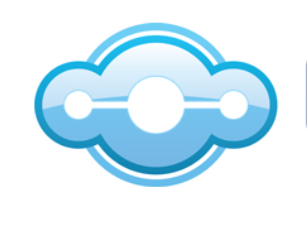We live in an increasingly unpredictable world.
Businesses must be prepared for this uncertain world and overcome the challenges they face in a digitally dominant landscape.
Ronald van Loon is a partner with Splunk and had the opportunity to watch the latest developments of .conf22 with Gary Steele, president and CEO of Splunk. The event was a key display of the importance of an agile data platform that brings end-to-end visibility across observability and security.
Organizations are on a cloud journey and have a host of applications and data at their disposal that can bring them value and opportunity. Cloud journeys, however, add more complexities like more data, servers, and a broader attack surface. Moreover, in the age of zero trust, businesses’ digital journeys require a focus and investment in security to be resilient, keeping systems up and running at all times.
The Complexities of Security in the Digital World
Today, security is a data problem. According to research by Splunk, 49% of organizations suffered a data breach last year.
The complexities of security are growing due to the richness of collected data, the advent of new supply chain attacks, and the current geopolitical environment, such as the events in Ukraine.
Organizations need to determine how security relates to all aspects of their business to build an effective and lasting security strategy that keeps their business operational at all times. As the CEO of Splunk puts it – if you’re constantly putting out fires, there’s no room to innovate.
As organizations navigate the challenges of the digital world partly brought on by customers’ demand for exceptional, personalized digital experiences, they need a platform that brings security and observability front and center.
The cloud journey is changing daily with new applications, data, and architecture deployments. IDC states that there will be 750 million new applications by 2025. Every business will use a host of new applications and data every day.
As a result, businesses need visibility into security and observability to see the extent to which their infrastructure operates. A flexible platform helps businesses do that, with the capabilities to use this data to scale, solve additional business challenges, and implement new use cases.
The Convergence of Security and Observability
Observability is about bringing capabilities to people to help them understand what’s happening in their application environment.
The convergence of observability and security will usher organizations into the zero trust era. A flexible platform helps businesses visualize their data and introduce new intelligent capabilities and automation while improving team collaboration.
Due to the complexities of security, organizations need a simplified approach to understanding how security impacts their businesses. Business leaders are responsible for bringing people in the organization the capabilities that help them improve detection, driving machine learning capabilities to reduce risks and enhance zero-trust environments.
A flexible technology platform unifies disparate data and applications across hybrid and multi-cloud environments. This makes it easy for any business in any industry to use the systems, applications, and clouds it wants to, or take advantage of the technology it’s already operating.
A Resilient Cloud Journey
The Splunk event .conf22 was a clear display of how an agile technology platform can help businesses be secure and resilient in an uncertain world, and embrace artificial intelligence and automation on their digital journey’s in the cloud.
Be sure to check out more news and information from Splunk .conf22 to learn more about how technology can help drive innovation and transformation for businesses.
By Ronald van Loon

The ‘Cloud Syndicate’ is a mix of short term guest contributors, curated resources and syndication partners covering a variety of interesting technology related topics. Contact us for syndication details on how to connect your technology article or news feed to our syndication network.
